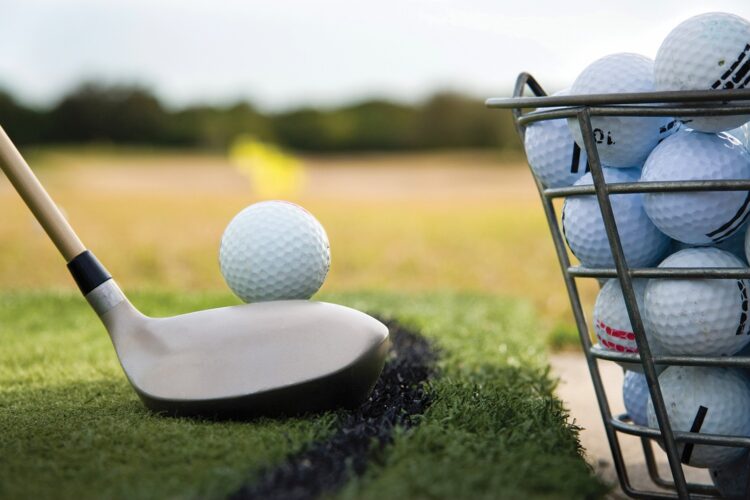Match-play golf is better than medal-play golf, both to play and to watch. There, I said it.
Think about any great sports moment you’ve witnessed. In 99.9% of all cases, I’m betting there were two opposing sides involved. Not three, not 144 – exactly two.
The blunt winner-and-loser dichotomy underpins sports, especially team sports but individual sports as well. It’s me against you, us against them and hail to the victors. I’ve found myself watching a good amount of tennis lately because the concentration of attention on the push and pull between two opponents (singles is much more satisfying and popular than doubles for a reason) is very compelling.
Even in multiple-participant sports like racing, the most thrilling moments almost always see the field winnowed down to two contestants at the very end. A three-horse photo-finish is not unheard-of, but it is exceedingly rare. True three-way rivalries are like four-leaf clovers.
Golf often ends up shaking out similarly. Instances where three or more golfers have a chance to win on the final hole happen, but there is something messy and chaotic about even a hotly-contested three- or four-way finish. Episodes like the famous six-man donnybrook of a playoff at the 2001 L.A. Open – shoutout Robert Allenby – are quaint in hindsight because they are far less rigidly compelling than the times where one golfer stared another down.
Jack Nicklaus and Tom Watson’s battle at Turnberry – 1977’s famed “Duel in the Sun” – was technically a stroke-play encounter, but distilling the end of a tournament down to two players essentially turned it into match play. Announcers excitedly refer to two players duking it out for the trophy “a match-play situation.” For all the stroke play we watch, match play is the ideal form of competitive golf.
Match play is better than stroke play. It just is.
I get the concern with potential final-match blowouts (there are creative ways to mitigate that in PGA Tour events), but the days that precede them are so much more entertaining than their stroke-play counterparts. https://t.co/Zjk953ycDQ
— Tim Gavrich (@TimGavrich) August 9, 2025
The professional game’s refusal to try to make match play work is a massive head-scratcher, made all the more frustrating this time every year. Once the professional majors are over, we find ourselves in the midst of a tremendous run of amateur golf, and it’s all match play. With May’s NCAA Championships serving as a perfect teaser, Golf Channel viewers are treated to late-round action from the U.S. Junior Amateur and the U.S. Girls Junior followed by the men’s and women’s U.S. Amateurs. With all due respect to TPC Southwind and Caves Valley, they aren’t fit to carry the towels of Bandon Dunes (U.S. Women’s Am) or The Olympic Club’s Lake Course (men’s U.S. Am). The 2025 Walker Cup, held in a couple of weeks at Cypress Point Club, brings the late-summer match-play season to an incredible high point. Hopefully it’ll be enough to tide us over until we finally see the pros play some matches at the 2025 Ryder Cup.
It doesn’t have to be this way. We don’t have to relegate pro-golf match play to a one-week curiosity each year – Ryder Cup in odd years, Presidents Cup in evens. There is no more opportunity to make match-play work than in the PGA Tour’s FedEx Cup Playoffs.
Even turning the 70-man first event and 50-man second event into hybrid stroke-play-then-match-play affairs would create a feeling of separateness from the weekly PGA Tour grind that the playoffs have lacked since their inception. Not only would match play help the Playoffs stand out, it would help rebrand them as a worthy lead-in to the Presidents and Ryder Cups, a celebration of match-play that creates a tidy break before the schedule returns to stroke play.







